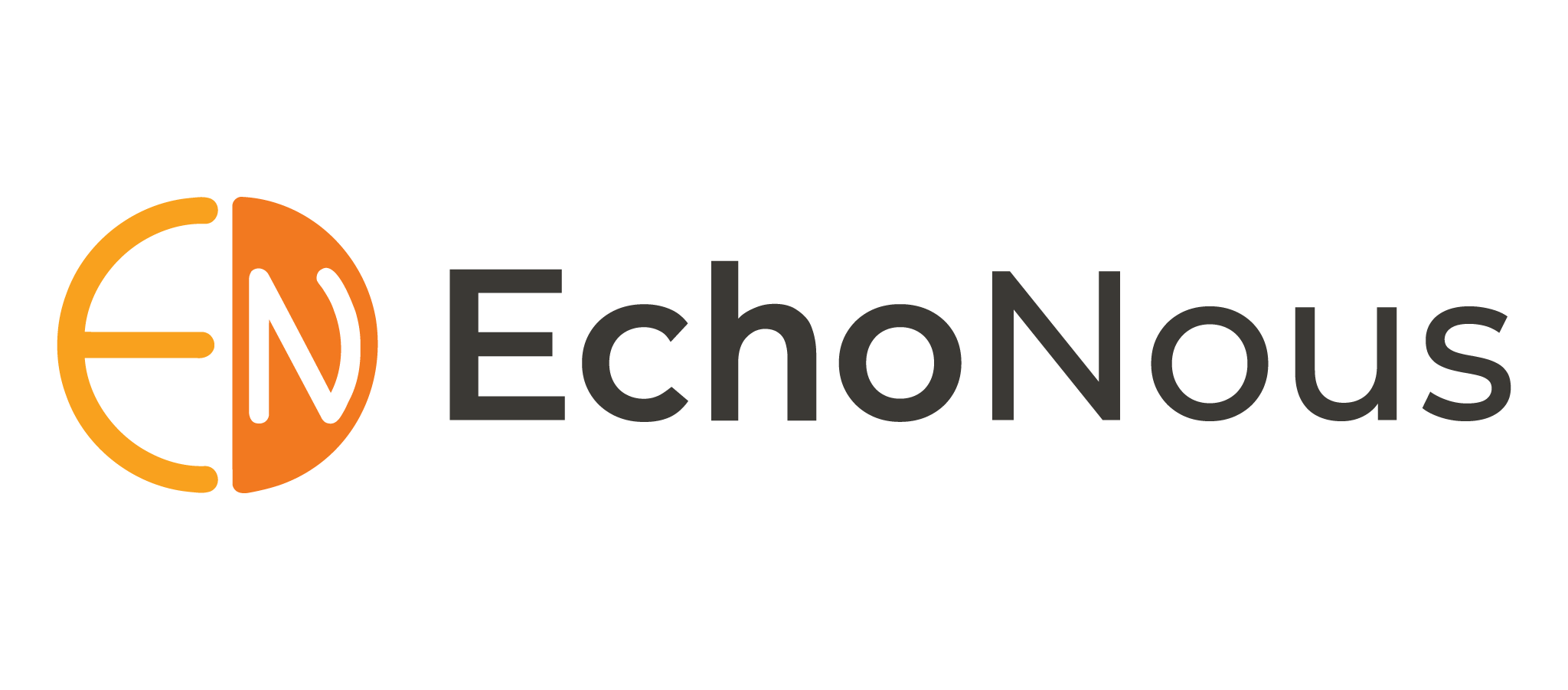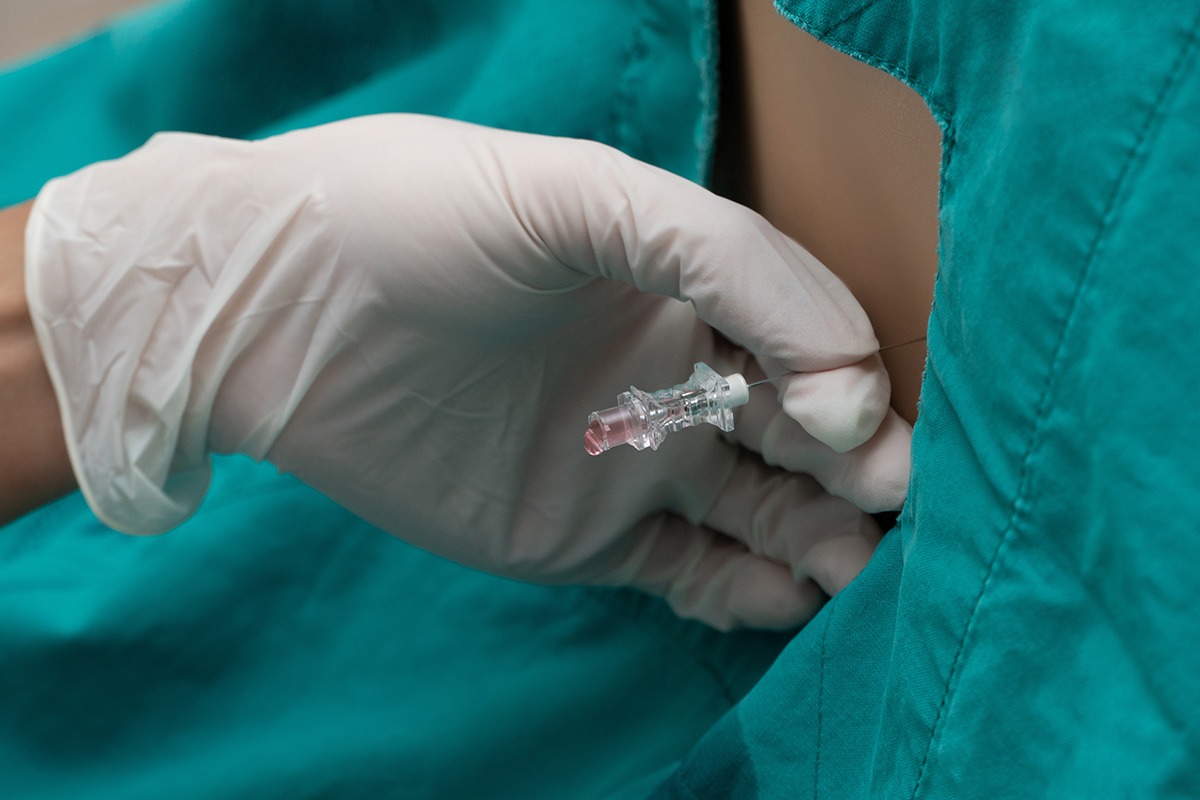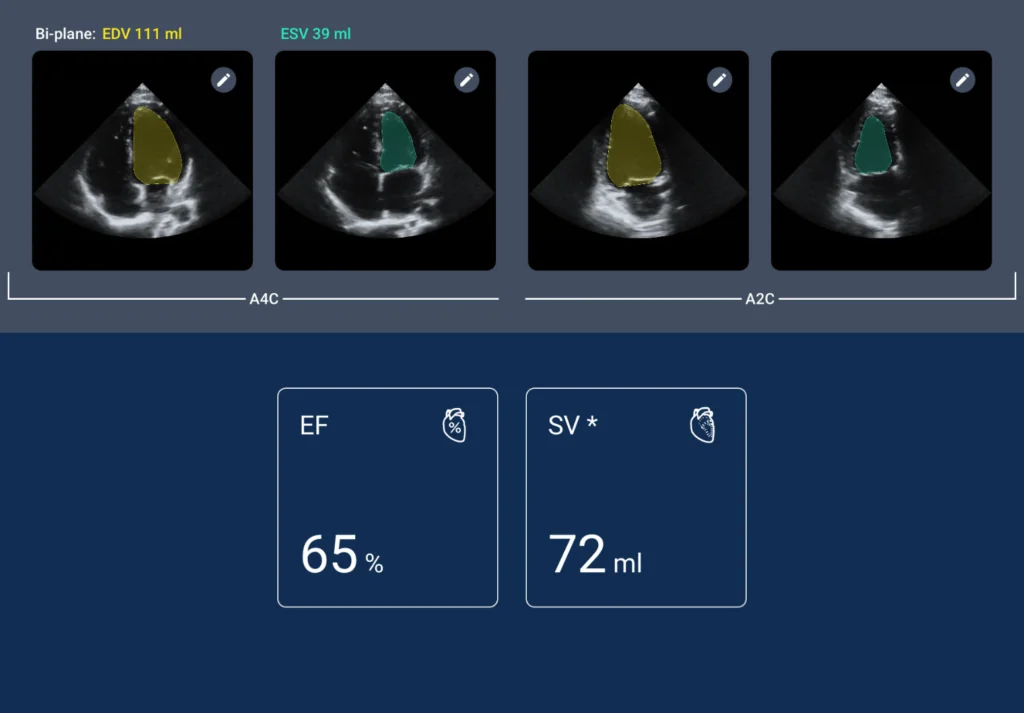How Much Does a Point-of-Care Ultrasound (POCUS) Device Cost?
The EchoNous Team | September 2025
Long gone are the days of point-of-care ultrasound (POCUS) being thought of as a niche tool; it’s truly become a cornerstone of modern medicine. The days of waiting for a cart-based machine or sending a patient to radiology for a simple diagnostic question are fading. Today, with powerful probes connecting directly to a tablet, clinicians can get answers right at the bedside, a shift that is causing POCUS adoption to skyrocket across nearly every specialty. Indeed, forecasts show the broader POCUS market will experience double-digit growth in the coming years.
As enthusiasm for POCUS grows, one question that always comes up: How much does a point-of-care ultrasound machine cost? And how much should a POCUS device cost?
With prices in 2025 ranging from a few thousand dollars for a basic probe to over $100,000 for a high-end cart system, navigating the market can be challenging. This post breaks down what to know about POCUS machine pricing. We’ll explore the key factors that drive cost, analyze potential return on investment (ROI), and offer recommendations for certain specialties.
Table of Contents
Factors That Influence POCUS Pricing
Understanding why prices vary so widely is the first step to making a smart investment. The cost of a POCUS device is driven by far more than just the probe itself.
Form Factor: Handheld, Advanced Portable, or Cart-Based?
On one end of the spectrum are basic handheld devices, which typically cost between $4,000 and $7,000 USD. These are usually single probes that connect to a phone or tablet, offering high portability, but often compromising on image quality and/or lacking crucial features. In the middle is the fastest-growing category: advanced portable systems, which can range from $5,000 to $25,000 USD. Kosmos ultrasound devices lead in this tier by offering the power and features of a cart-based system in a complete, tablet-based solution that works on and off a cart. At the high end are the traditional, cart-based systems found in imaging departments, which can cost anywhere from $25,000 to over $100,000 USD and are ill-suited for many bedside applications.
Software, Features, and Artificial Intelligence (AI)
In some ways, a probe is only as good as the software that powers it. Advanced features are what separate a simple viewing tool from a powerful diagnostic system. A key differentiator is Doppler capability for assessing blood flow. While most handhelds offer basic Color Doppler, many lack Pulsed Wave (PW) and virtually none offer Continuous Wave (CW) Doppler. Kosmos is the only handheld-form-factor system with CW Doppler, a feature essential for high-velocity cardiac measurements and typically only found on expensive carts. Furthermore, modern AI tools can help clinicians accelerate exams and may flatten the learning curve for non-expert users.
EchoNous offers a full suite of AI-driven features on Kosmos, including real-time anatomical labeling for FAST exams with AI FAST, automated Ejection Fraction (EF) calculations with Auto EF, and touch-free preset optimization that adjusts the image as you scan between organs with Auto Preset.
Image Quality and Transducer Technology
As nephrologist Dr. Eduardo Argaiz told the EchoNous team, “A high-quality machine is crucial for obtaining clear sonographic views… A less powerful machine can significantly prolong the learning curve”. Superior image quality stems from advanced transducer technology and processing, which costs more but is essential for diagnostic confidence. Kosmos is benchmarked against premium cart-based systems to ensure you never have to compromise on image clarity at the bedside.
Cost Model: Subscription vs. One-Time Purchase
The financial structure of a purchase also impacts the total cost. Some devices may appear cheaper upfront but require ongoing annual or monthly subscriptions to unlock essential software features, AI tools, or cloud storage. Others, like the Kosmos ultrasound system, are a one-time purchase. This model provides long-term financial predictability and a lower total cost of ownership.
Warranty and Support
A POCUS device is a long-term clinical asset, and a short warranty can expose you to expensive repairs. Many handhelds offer a 1- to 3-year warranty. In contrast, Kosmos transducers come with an industry-leading, no-fine-print 5-year warranty, signaling a deep commitment to durability and reliability.
The ROI of POCUS: More Than Just an Expense
A POCUS device is an investment that can pay for itself through cost savings, new revenue, and improved efficiency. The financial return comes from two sides: reducing downstream costs—by preventing the need for more expensive imaging like CT scans or avoiding unnecessary central line placements—and opening up new revenue streams through billable in-house exams and procedures. Operationally, the benefits are just as significant. In the emergency department, POCUS can shorten patient stays and accelerate triage, while for hospitalists, it allows for rapid bedside assessments that avoid delays and consultations. This immediacy also enhances patient care and satisfaction by providing answers at the bedside, which reduces anxiety and improves the overall experience.
Best POCUS for Your Specialty: Finding the Right Fit
Different clinical settings demand different capabilities. Here’s how a versatile, high-performance system like Kosmos fits the needs of various specialties.
Emergency Medicine & Critical Care
ER and ICU clinicians need a durable, fast, and versatile tool for everything from trauma assessments to hemodynamic monitoring. This is where a system like Kosmos excels; its AI FAST feature provides real-time anatomical labeling to confidently perform EFAST exams, a critical protocol for trauma care that has evolved significantly to improve patient outcomes. Furthermore, the inclusion of CW Doppler and cardiac tools like Auto-EF and Auto-VTI allows for rapid, advanced cardiac assessments that are not possible on other handhelds.
Cardiology
For cardiologists and clinicians focused on cardiac care, advanced imaging capabilities in a portable form factor are paramount. A comprehensive cardiac assessment requires more than just a basic image. Kosmos meets this need with its Torso-One phased array probe for high-quality imaging and a full suite of advanced cardiac tools. It is the only system in its class with Continuous-Wave (CW) Doppler for measuring high-velocity blood flow, essential for evaluating valvular function. This is complemented by features like Auto Ejection Fraction (EF), Auto-VTI for stroke volume, and Tissue Doppler Imaging (TDI) for complete diastolic function assessment, enabling a thorough diagnostic exam at the bedside.
Internal Medicine & Primary Care
These clinicians need a versatile tool to extend their physical exam, from checking cardiac function in a patient with dyspnea to assessing for fluid in the abdomen. The Torso-One phased array probe is designed for high-quality cardiac, lung, and abdominal imaging. The ability to quickly get an accurate, AI-calculated Ejection Fraction at the bedside can fundamentally change patient management and help detect conditions like heart failure earlier. This is a critical need, as demonstrated in studies like the Heart2Miss initiative, which uses portable ultrasound to bridge the diagnostic gap between primary care and specialized hospital centers.
Nephrology
Nephrologists manage complex patients who require regular assessment of fluid status, cardiac function, and vascular access. As nephrologist Dr. Eduardo Argaiz notes, “A high-quality machine is crucial for obtaining clear sonographic views”. A primary challenge in this specialty is precise fluid management, where both overload and deficit are dangerous. To move beyond traditional, often imprecise markers, many nephrologists are adopting the Venous Excess Ultrasound (VExUS) protocol. VExUS uses Doppler to assess for venous congestion in the hepatic, portal, and intrarenal veins—a key driver of kidney injury. Performing this advanced assessment requires a system with excellent Pulsed-Wave (PW) Doppler, a core feature of the Kosmos platform. With Kosmos, nephrologists can implement the VExUS protocol to guide fluid removal more accurately. In addition to its VExUS capabilities, Kosmos provides clarity for lung scans, advanced cardiac tools to monitor for common cardiovascular complications, and the high-resolution Lexsa linear probe for evaluating and managing vascular access for dialysis patients.
Nursing
Nurses are increasingly using POCUS at the bedside for crucial procedures that enhance patient safety and comfort. Two key applications are bladder scanning and ultrasound-guided IV access (USGIV). For patients with difficult venous access (DVA), clinical guidelines from organizations like the Infusion Nurses Society (INS) now recommend ultrasound guidance. The Kosmos Lexsa linear probe provides clear imaging of vessels. which has been shown to increase first-pass success, reduce patient discomfort, and prevent the unnecessary escalation to a central line. Its ease of use also makes it ideal for quick and accurate bladder volume assessments to prevent unnecessary catheterization.
Conclusion: Investing in Value, Not Just Price
While the cost of a point-of-care ultrasound machine can vary widely, the wisest investment is not always the lowest price. The true value of a POCUS device lies in its diagnostic confidence, efficiency, and long-term reliability.
By offering the advanced features of a cart-based system—like CW Doppler and a sophisticated AI suite—in a portable, affordable, and subscription-free package, Kosmos point-of-care ultrasound devices provide the ability to achieve a tremendous return on investment. EchoNous is dedicated to empowering you to make faster, more informed decisions at the bedside, ultimately improving patient outcomes.
Ready to see how Kosmos delivers cart-system performance at a portable price point? Connect with a clinical product expert or request a personalized demo today.




